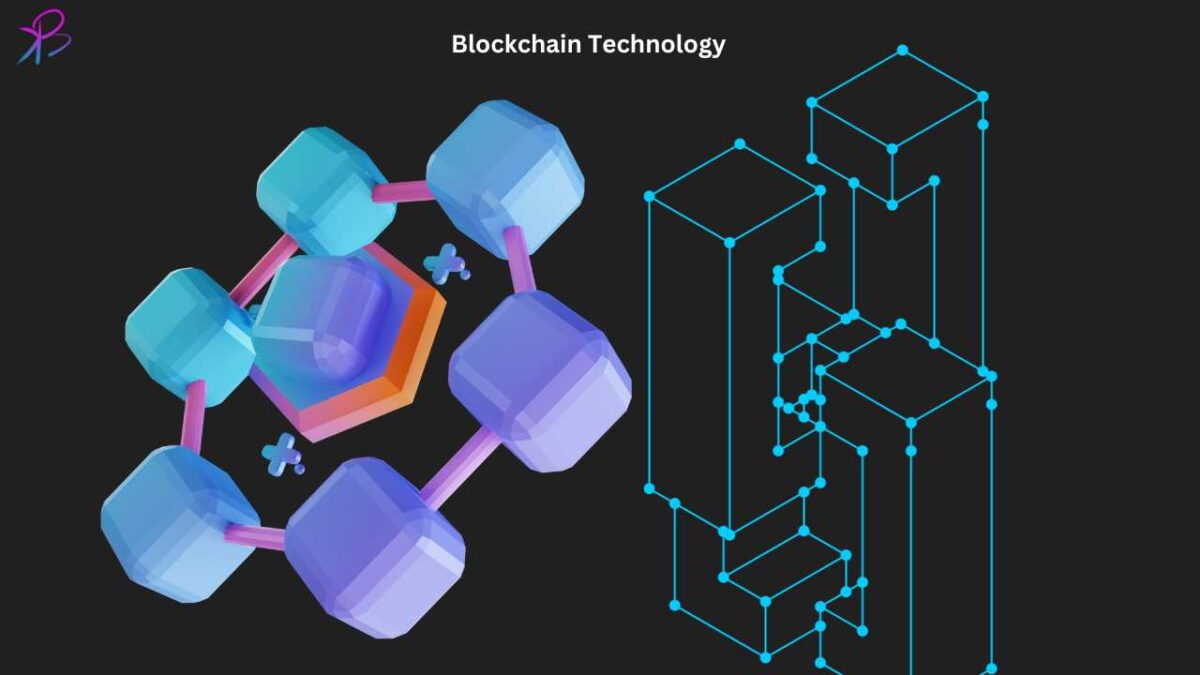Blockchain technology, a term that resonates with the future of secure and transparent transactions, has grown beyond its initial association with cryptocurrencies. Today, it stands as a revolutionary technology with potential applications across various sectors. This article aims to demystify blockchain technology, explore its mechanics, and uncover its diverse applications beyond just digital currencies.
Introduction
Imagine a world where every transaction, whether it’s the transfer of money, the exchange of goods, or even the casting of a vote, is transparent, secure, and tamper-proof. This is the world of blockchain technology. Originating from the digital currency Bitcoin, blockchain has evolved into a promising technology that could redefine industries and how they operate. 🌐💡

1. What is Blockchain Technology?
The Concept Explained
At its core, blockchain is a distributed ledger technology. It allows data to be stored globally on thousands of servers, making it nearly impossible to hack or cheat the system. It’s a digital chain of blocks, where each block contains a number of transactions.
Decentralization: The Key Feature
Unlike traditional systems that rely on a central authority, blockchain operates on a decentralized network. This means no single person or entity has control, ensuring transparency and security.
2. The Mechanics Behind Blockchain

How it Works
Each transaction on a blockchain is recorded with an immutable cryptographic signature called a hash. When a new transaction or an “event” occurs, it is encrypted and added to a block. Once the block is filled with data, it is chained onto the previous block, hence the term blockchain.
Ensuring Security and Integrity
The decentralized nature of blockchain, coupled with cryptographic hashing, makes it highly secure. Changing any single record would require the alteration of all subsequent blocks and the consensus of the network, which is practically impossible.
3. Beyond Bitcoin: Diverse Applications of Blockchain
Finance and Banking
Blockchain is reshaping the financial industry, offering solutions for everything from payments and remittances to smart contracts and decentralized finance (DeFi).
Healthcare and Medical Records
In healthcare, blockchain ensures the secure and transparent handling of sensitive medical records, improving patient care and data accessibility.
Supply Chain Management
Blockchain provides a transparent and unchangeable record of every step within the supply chain, ensuring product authenticity and ethical sourcing.
Voting Systems
Implementing blockchain in voting systems can enhance security and reduce the risk of fraud, making the process more trustworthy and accessible.
4. Challenges and Limitations
Scalability Issues
One of the biggest challenges facing blockchain is scalability. As more blocks are added, the size of the blockchain grows, requiring more computing power.
Regulatory Hurdles
The decentralized and somewhat anonymous nature of blockchain raises regulatory concerns, particularly in the financial sector.
5. The Future of Blockchain Technology

Continuous Innovation
The future of blockchain is bright, with continuous innovation leading to more efficient, scalable, and user-friendly blockchain systems.
Potential for Widespread Adoption
As technology advances, we could see blockchain becoming a standard for secure and transparent transactions in various sectors.
Conclusion
Blockchain technology offers more than just a secure way to transact digitally; it presents a vision of a transparent, efficient, and fair system for various aspects of our lives. Whether it's in finance, healthcare, supply chain, or voting, blockchain has the potential to significantly impact and improve these fields. It’s a technology that promises a future built on trust, security, and openness. 🚀🔐
a blog by bibhatsu kuiri . ©bkacademy
btw you can follow me on social media 🙂 👇
-.-.-.-.-.-.-.-.-.().-.-.-.-.-.-.-.-.-
---------

One reply on “Understanding Blockchain Technology and Its Applications”
[…] AI tools have emerged as game-changers in the data analysis arena. One such tool is TensorFlow, developed by Google Brain, which excels in numerical computation using data flow graphs. […]